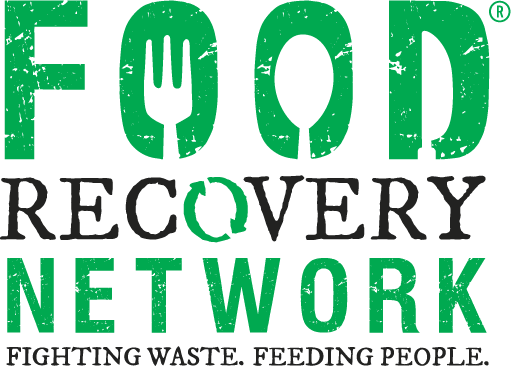What if you went to your favorite fast food chain for a hamburger and the price you paid included the cost of treating Americans for heart disease, the cost of environmental restoration from manure runoff at factory farms, and compensation to workers injured in slaughterhouses? The chances of that burger making it on a dollar menu are pretty slim.
The concept of assigning value to the social, environmental, and health impacts of producing food is called True Cost Accounting. Three other member of FRN's national staff and I were lucky enough to attend a special event hosted by Food Tank called “The Real Cost of Food”, which explored this concept. Held at American University, the session consisted of two keynote speakers and a panel of experts in the food and agriculture industry.
They spoke about agriculture in the United States in terms of everything from food waste to eating local versus organic to climate change to animal welfare and beyond. While each statement felt more powerful and thought-provoking than the last, two speakers shared ideas that really stood out.
The first came from Barbara Ekwall of the Food and Agriculture Organization of the United Nations, who spoke about food waste. Ekwall used a powerful analogy to help the audience understand how significantly the issue of food waste affects the planet.
If food waste were a country…
It would be the largest user of irrigated water.
It would be the second largest country after the Russian Federation.
It would be the third largest emitter of greenhouse gases.
It could feed two billion people.
Wow.
The second idea that really stuck with us came from Paul Shapiro, Vice President of Farm Animal Protection at The Humane Society of the United States. Shapiro spoke about the horrors of factory farming and how concentrated animal feeding operations have engaged in a “moral race to the bottom”, choosing mass production over animal welfare. Unfortunately, animals are not the only ones that suffer from the cruel practices that allow for the vast amount of meat that Americans consume each year. Human health and the health of our environment are also largely impacted.
One quote from Shapiro summed up his stance and provided an important takeaway for the entire event:
“Eating is a moral act. We can choose foods that help us or we can choose foods that hurt us.”
So next time you are at the grocery store, please take a moment to consider the implications of the food you buy. If we as consumers increase the demand for fruits and vegetables and other healthy foods that are grown and processed in an ethical fashion, we will be met with a greater supply of those foods. In that way, each of us can help positively influence the agricultural industry, one meal at a time.
A huge thanks to Food Tank, the Union of Concerned Scientists, GRACE Communications Foundation, and American University for putting on this event! To find out more about the real cost of food, check out the report that inspired this event.

